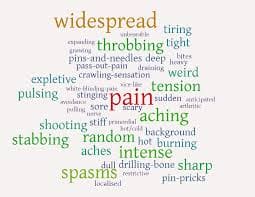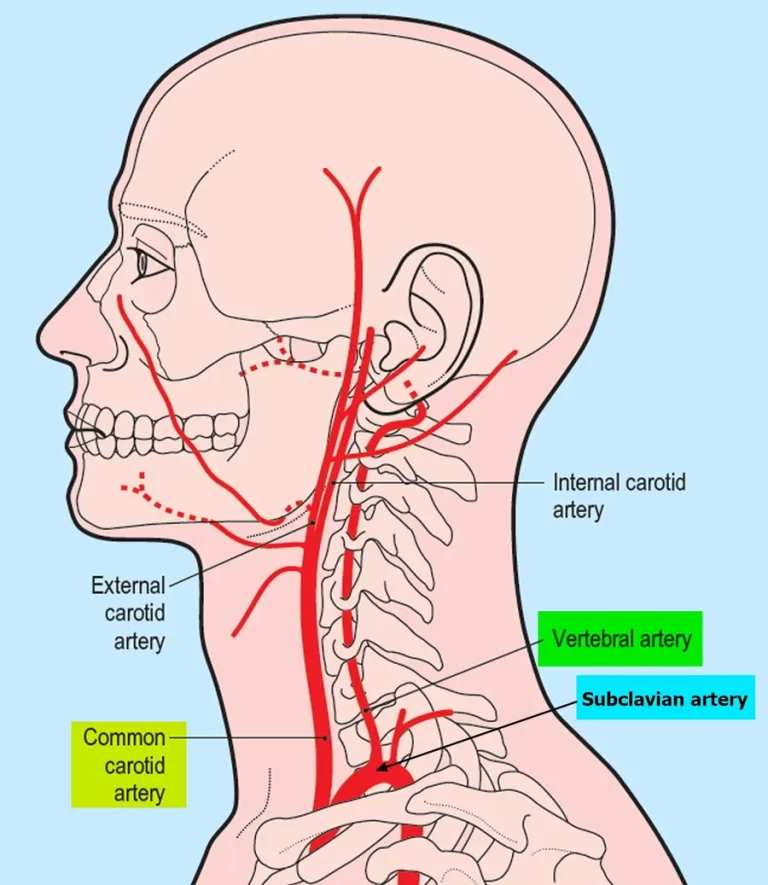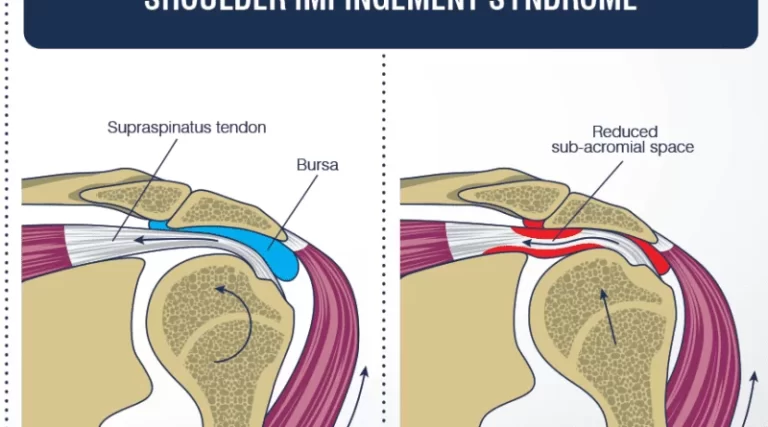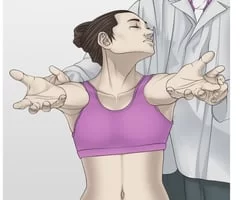TYPES OF PAIN & PHYSIOTHERAPY
Everyone Feel Different Type Of Pain, But it is Difficult To Describe All Type Of Pain To Explain to Others, Sometimes There May Be More Than One Type Of Pain That is More Complex To Understand Pain.
The Sensation Of Pain includes How Brain Recognize Or Understand Various Kinds Of Pain Through Joints, Muscles, Or Any Kind Of Body Part Pain Through Nerves Or the Spinal Cord. To Understand This Kind of Pain is Easier To Understand The Cause, Diagnose And Control Pain And Related Symptoms, Pain Increase Other Symptoms Like Muscle Pain Increase Spasm, Cause Increase Swelling, This May Again Increase Pain And Vicious Cycle Goes On And On, So Pain Clinic Mostly Works on Blocking Pain Through Various Medium.
INTRODUCTION:
- The sensation of pain involves communication between your nerves, spinal cord, and brain. There are different types of pain, depending on the underlying cause.
- We all feel pain in different ways, so you may find it difficult to describe the type of pain you’re feeling to others. You can also experience more than one type of pain at a time, which only adds to the difficulty.
- Understanding the different types of pain can make it easier for you to talk to your doctor and describe your symptoms. Read on to learn about some of the main types of pain and how they feel.
TYPES OF PAIN:
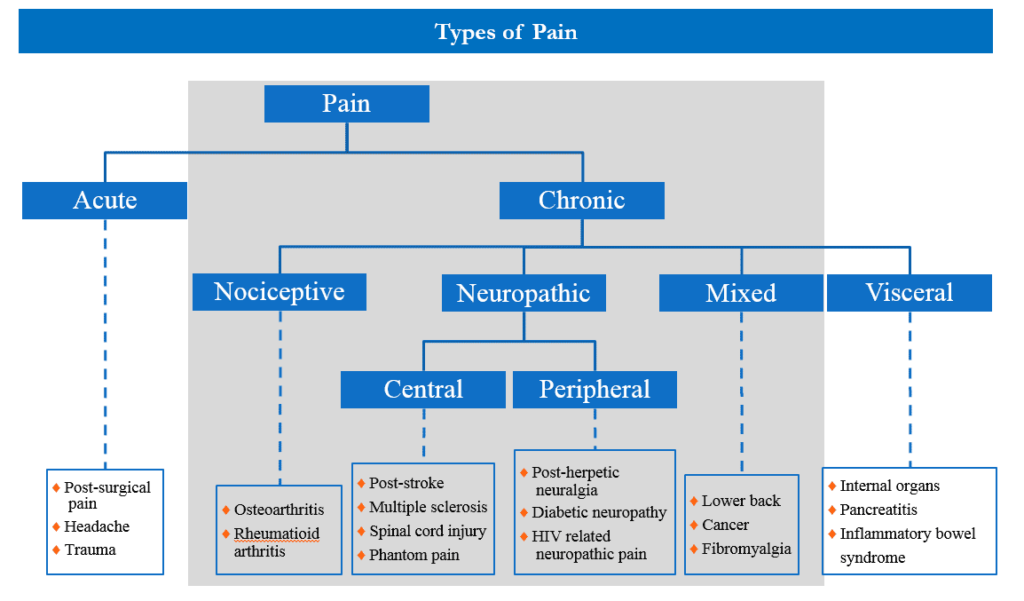
- Acute pain
- Chronic pain
- Nociceptive pain
- Visceral pain
- Somatic pain
- Neuropathic pain
- Acute pain:
- Acute pain is short-term pain that comes on suddenly and has a specific cause, usually tissue injury. Generally, it lasts for fewer than six months and goes away once the underlying cause is treated.
- Acute pain tends to start out sharp or intense before gradually improving.
Common causes of acute pain include:
~ broken bones
~ surgery
~ dental work
~ labor and childbirth
~ cuts
~ burns
- Chronic pain:
- Pain that lasts for more than six months, even after the original injury has healed, is considered chronic.
- Chronic pain can last for years and range from mild to severe on any given day. And it’s fairly common, affecting an estimated 50 million trusted Source adults in the United States.
- While past injuries or damage can cause chronic pain, sometimes there’s no apparent cause.
- Without proper management, chronic pain can start to impact your quality of life. As a result, people living with chronic pain may develop symptoms of anxiety or depression.
Other symptoms that can accompany chronic pain include:
~ tense muscles
~ lack of energy
~ limited mobility
Some common examples of chronic pain include:
~ frequent headaches
~ nerve damage pain
~ low back pain
~ arthritis pain
~ fibromyalgia pain
- Nociceptive pain:
- Nociceptive pain is the most common type of pain. It’s caused by stimulation of nociceptors, which are pain receptors for tissue injury.
- You have nociceptors throughout your body, especially in your skin and internal organs. When they’re stimulated by potential harm, such as a cut or other injury, they send electrical signals to your brain, causing you to feel the pain.
- This type of pain you usually feel when you have any type of injury or inflammation. Nociceptive pain can be either acute or chronic. It can also be further classified as being either visceral or somatic.
- Visceral pain :
- Visceral pain results from injuries or damage to your internal organs. You can feel it in the trunk area of your body, which includes your chest, abdomen, and pelvis. It’s often hard to pinpoint the exact location of visceral pain.
Visceral pain is often described as:
~ pressure~ ching
~ squeezing
~ cramping
~ You may also notice other symptoms such as nausea or vomiting, as well as changes in body temperature, heart rate, or blood pressure.
Examples of things that cause visceral pain include:
~ gallstones
~ appendicitis
~ irritable bowel syndrome
- Somatic pain :
- Somatic pain results from stimulation of the pain receptors in your tissues, rather than your internal organs. This includes your skin, muscles, joints, connective tissues, and bones. It’s often easier to pinpoint the location of somatic pain rather than visceral pain.
- Somatic pain usually feels like a constant aching or gnawing sensation.
It can be further classified as either deep or superficial:
- Deep somatic pain: is felt in your joints, tendons, bones, and muscle. It’s often described as aching.
- Superficial somatic pain: is felt in your skin and mucus membranes. It may feel sharp or throbbing.
For example, a tear in a tendon will cause deep somatic pain, while a canker sore on your inner check causes superficial somatic pain.
Examples of somatic pain include:
~ bone fractures
~ strained muscles
~ connective tissue diseases, such as osteoporosis
~ cancer that affects the skin or bones
~ skin cuts, scrapes, and burns
~ joint pain, including arthritis pain
~ Read more about the differences between somatic and visceral pain.
- Neuropathic pain :
- Neuropathic pain results from damage to or dysfunction of your nervous system. This results in damaged or dysfunctional nerves misfiring pain signals. This pain seems to come out of nowhere, rather than in response to any specific injury.
- You may also feel pain in response to things that aren’t usually painful, such as cold air or clothing against your skin.
Neuropathic pain is described as:
~ burning
~ freezing
~ numbness
~ tingling
~ shooting
~ stabbing
~ electric shocks

- Diabetes is a common cause of neuropathic pain. Other sources of nerve injury or dysfunction that can lead to neuropathic pain include:
~ chronic alcohol consumption
~ accidents
~ infections
~ facial nerve problems, such as Bell’s palsy
~ spinal nerve inflammation or compression
~ shingles
~ carpal tunnel syndrome
~ HIV
~ central nervous system disorders, such as multiple sclerosis ~Parkinson’s diseases
~ radiation
~ chemotherapy drugs.
PHYSIOTHERAPY FOR PAIN :
A Physiotherapist may focus on decreasing pain with either passive or active therapy. Examples of Various Techniques of physiotherapy include:
- Manual therapies
- Heat/ice packs
- TENS (Transcutaneous Electrical Nerve Stimulation )
- Dry needling
- Cupping
Examples of active physiotherapy include:
- Movement-based activities, including Stretching and range of motion exercises
- Specific strengthening exercises
- Pain relief exercises Like Hold And Relax Exercise, Relaxation Exercises, and Yoga.
- Low-impact aerobic conditioning
How Does PhysioTherapy Treatment Of Pain?
Physical therapists are experts not only in treating pain, but also its source. Yours will look for areas of weakness or stiffness that may be adding stress to the places that hurt. And they will treat those areas with certain exercises to ease pain and help you move better.
In a physiotherapy session, you may do a mix of :
Low-impact aerobic training. These workouts will rev up your heart rate and still take it easy on your joints. For instance, you might walk fast or use a stationary bike to warm up, instead of running, before you do your strengthening exercises.
Strengthening exercises. You might use machines at your physical therapist’s office, resistance bands, or your own body weight (think lunges, squats, and pushups). You may work on your core muscles (belly, glutes, and back), as well as other parts of your body.
Pain relief exercises. These moves target areas where you have pain, so you’re stronger and more flexible — which should make it easier to live your life.
Stretching. This will be gentle, and your therapist will make sure that you’re warmed up and you don’t stretch too far.
Heat and ice packs. Ice calms inflammation. Heat warms up your muscles so they move better. Both can help with the pain.
Massage. Keep in mind that a massage on areas that are injured, sore, or hurt may not feel relaxing. But your therapist will take great care to make sure it’s safe and helpful for you. If you get one by someone other than her, tell that professional about your pain before your session starts.
TENS and ultrasound/SWD/IFT: Use Of Modalities Transcutaneous electrical nerve stimulation (TENS) uses a device to send a low-voltage electric current to the skin over the area where you have pain. Ultrasound sends sound waves to the areas that hurt. Both may offer relief by blocking the pain messages that go to your brain. Interferential Therapy also called IFT, Short Wawe Dia-Thermy(SWD), and Infra-Red Are All Electrotherapy Modalities that Are Useful in Pain Relief.

